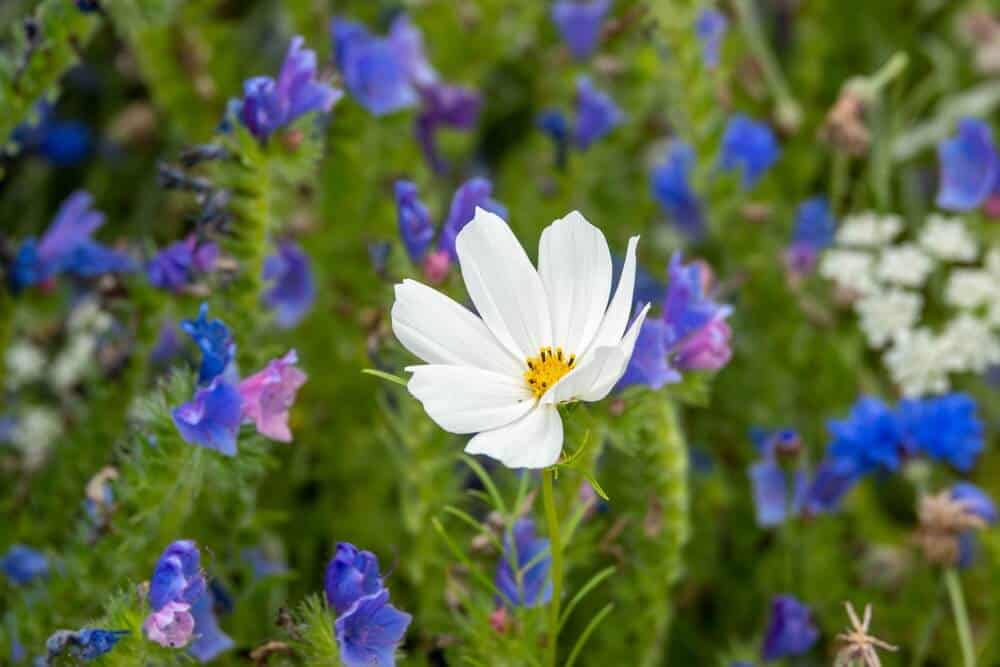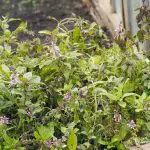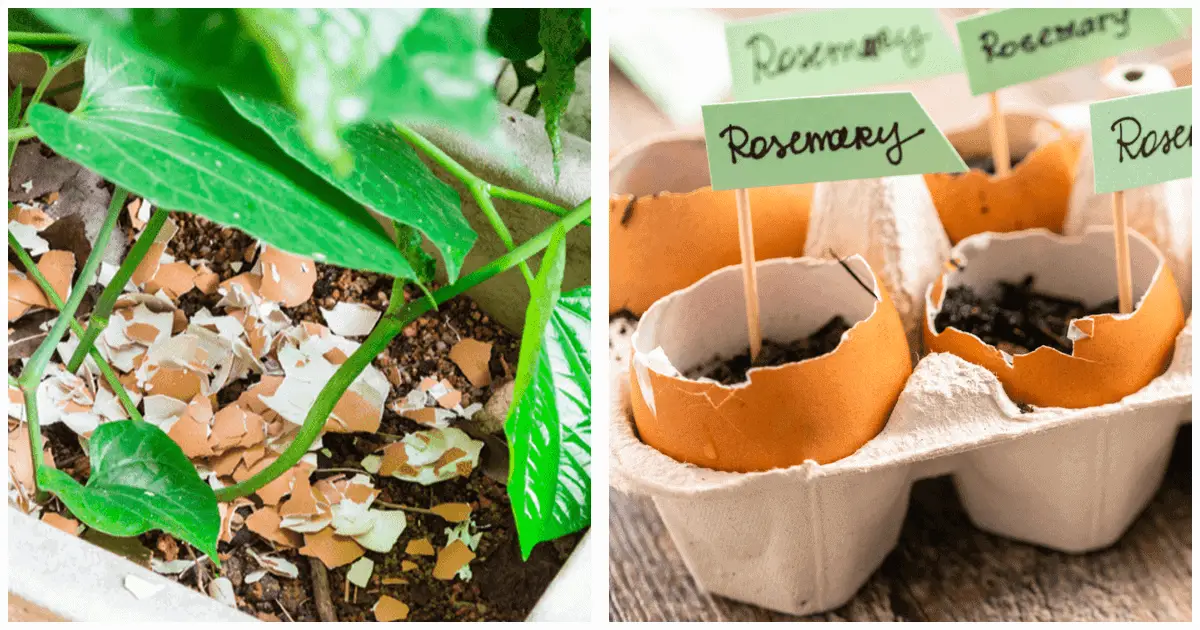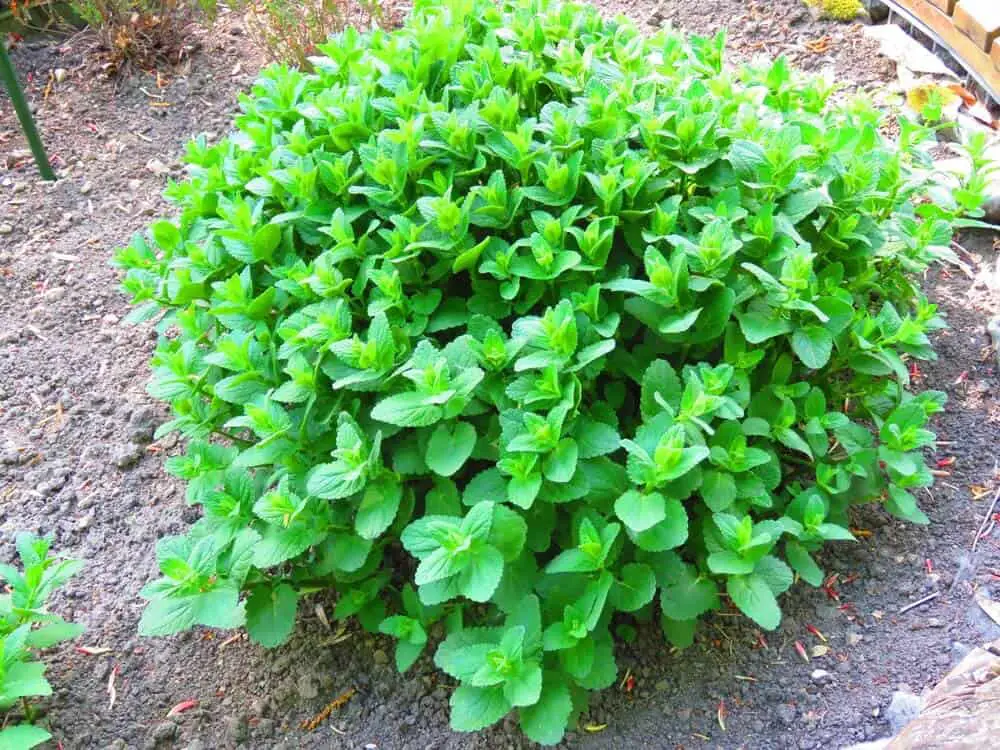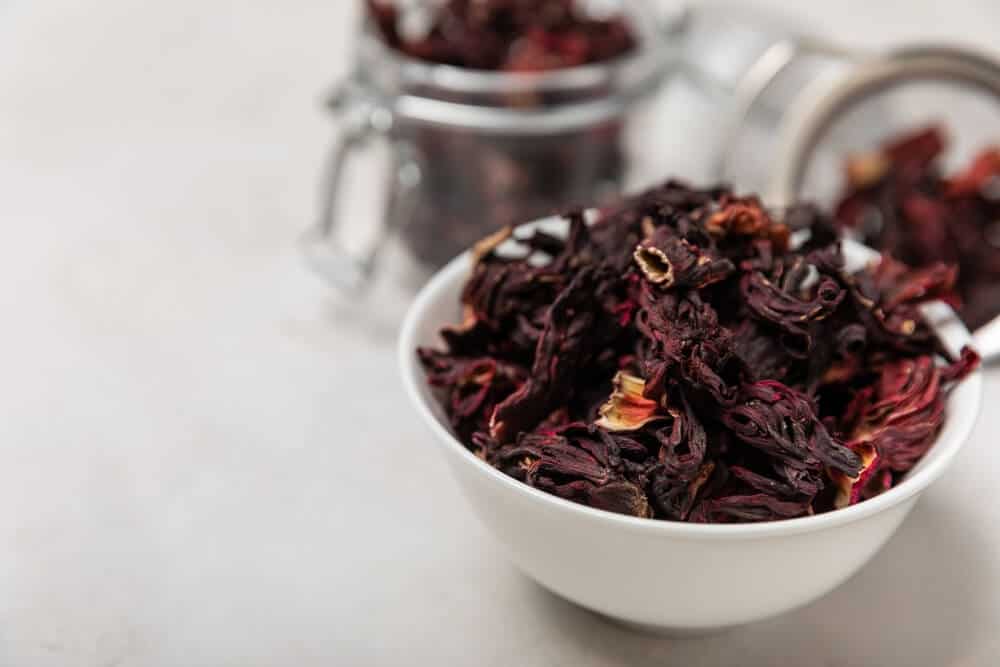Many of us are thinking of ways to reduce our carbon footprint and help to lead a ‘greener’ way of life.
The use of pesticides, habitat loss and climate change have resulted in a global insect decline of 40%. A third of all insects are endangered.
You can help wildlife flourish in your backyard by growing your own wild garden. It’s really simple to create a haven for nature and it has the added bonus of being extremely low maintenance.
Wildflowers will attract a huge variety of insects to your garden, helping to grow declining populations and sustain the number of essential insects that pollinate our food crops.
Let’s take a look at how to rewild your garden.
Let the grass grow
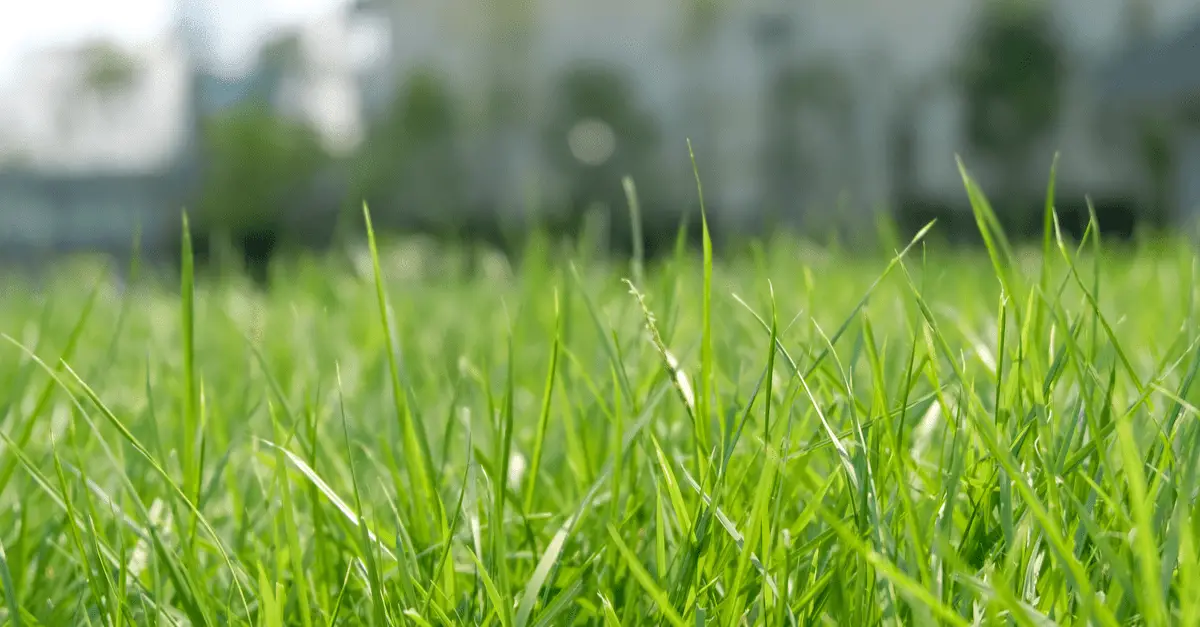
If you have a lawn, the easiest option is to ditch the mower and let the grass grow.
It will significantly increase the number of bees and other pollinators in your garden and provide shelter for other insects, reptiles, and amphibians. Some birds have also been known to nest in the long grass.
You can also introduce other grasses by planting them into your existing lawn.
Native grasses are an important part of sustainable landscaping. Most are tall and unsuitable for turf but will be well-suited to a wild garden.
Bear in mind that they will likely look patchy and a little unkempt, but that’s the beauty of a wild garden.
Try introducing switchgrass (Panicum virgatum), little bluestem, big bluestem, Indian grass (Sorghastrum nutans), Prairie dropseed (Sporobolus heterolepis), and Inland sea oats (Chasmanthium latifolium.)
Sow a wildflower meadow
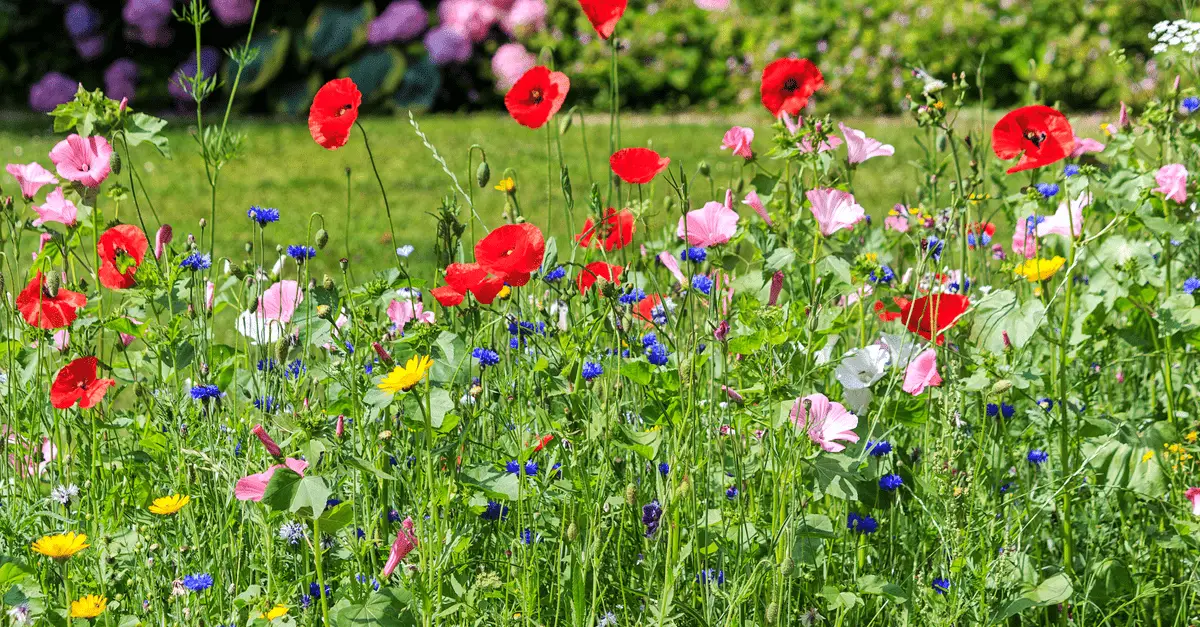
The best way to create your own meadow or flower patch is to start with a bare patch of soil.
If you have a neglected area of your garden that doesn’t seem to grow much, this is perfect. Wildflowers actually thrive in poor soil.
You can also remove a section of turf, or the whole lawn if you want. Dig or rotavate the soil to help bury any weeds and bring less fertile soil to the surface.
If the soil has been heavily fertilized, you’ll need to remove the top few inches before you sow seeds. You can also grow a crop of mustard in the first year as it’s a hungry plant and will strip the soil of nutrients.
Flatten and rake the surface of the soil to prepare it for planting. Don’t be tempted to add fertilizers as it will encourage grass growth and you want the flowers to thrive.
The best time to sow wildflower seeds is in fall or spring.
Choose a specially blended mix of wildflowers and grasses and add some silver sand to thicken the mixture, it will also help you to see where you have sown the seeds.
Scatter the seeds as evenly as you can, walking in one direction then 90 degrees in the other direction.
Firm the seeds in by walking over them and water well until established.
Once your wildflower meadow is established, it’s important to mow it during the first year. It may seem drastic, but it will help the roots to develop well.
Mow the meadow to around 5 cm (2 inches) after 8 weeks of growing and then every other month during the first summer.
Pollinating insects will help the flowers to develop seeds, ensuring the meadow flourishes each year.
Plant up some pots
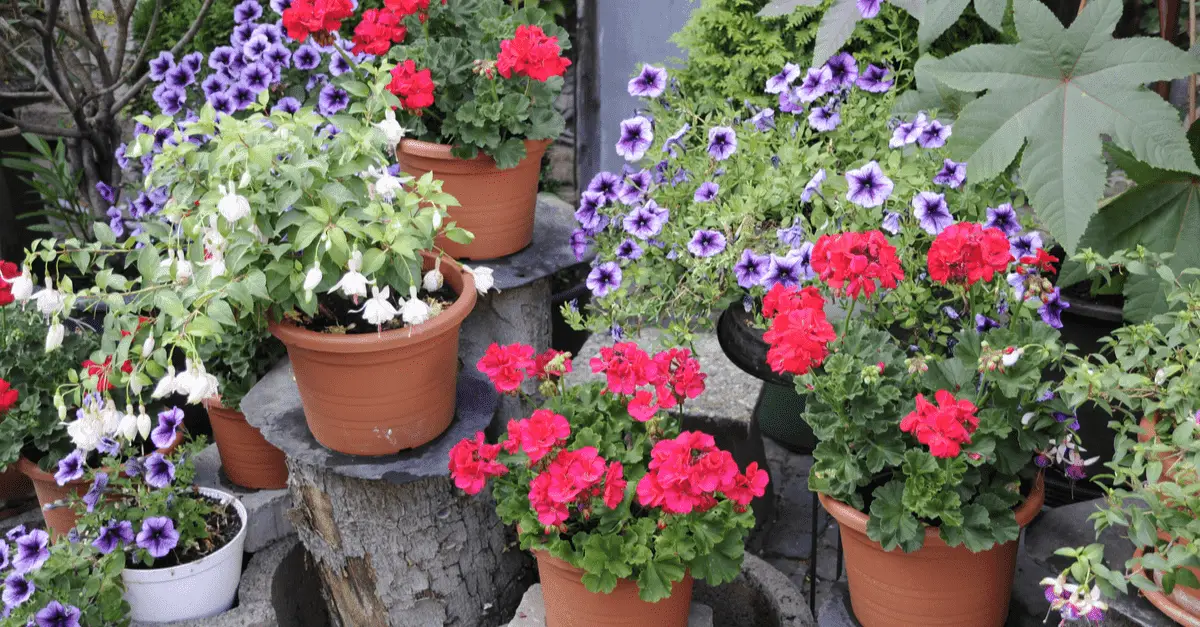
If you don’t have a backyard or don’t fancy re-wilding a patch of your garden, another alternative is to grow a wild container garden.
Choose a selection of large pots and fill them with native wildflowers like blue vervain, cardinal flowers, common yarrow, black-eyed Susans, and purple coneflowers.
You could also fill large, raised planters with a wildflower seed mix.
Then there’s nothing left to do but sit back, relax, and enjoy the sights, sounds, and scents of the wildlife haven you have grown.
